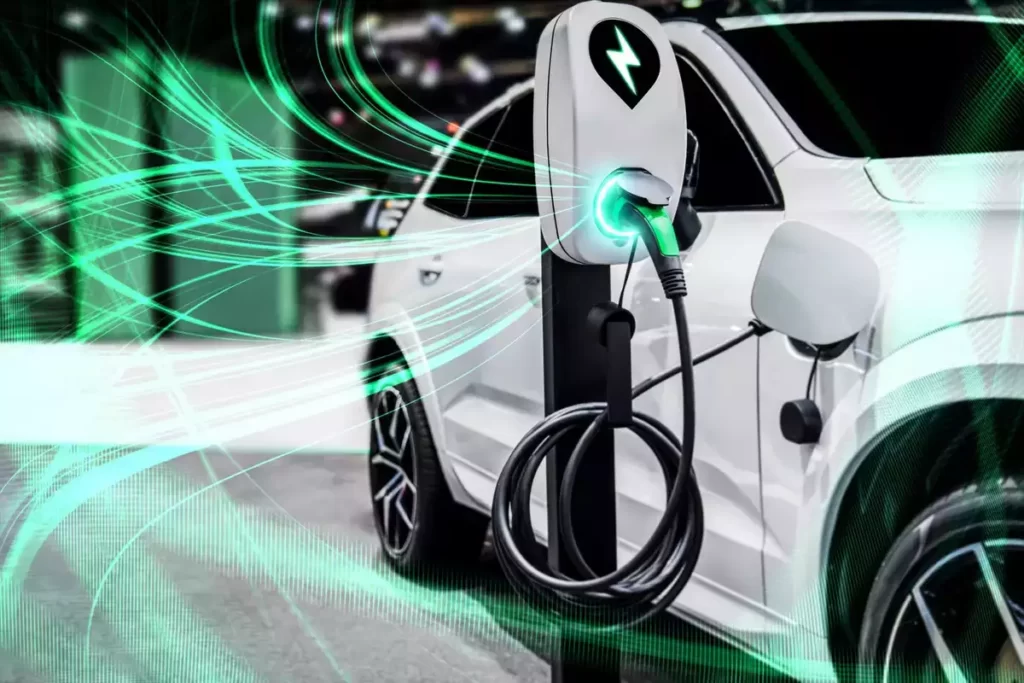
The transportation sector, responsible for a substantial 20% of global carbon emissions, often receives insufficient attention in climate change discussions. Notably, road transport alone contributes approximately 80% of these emissions, ranking as the second-largest source of energy-related carbon dioxide emissions worldwide, trailing only the power sector (Our World in Data). Beyond carbon emissions, the sector also poses a significant threat to air quality, with vehicles emitting pollutants that lead to an estimated 7 million premature deaths annually globally (World Health Organization).
Recognizing the urgency to address the environmental impact of traditional transportation, the imperative of swift adoption of Green Mobility becomes evident. The global transportation sector, a major polluter, released a staggering 7.3 billion metric tons of CO2 emissions in 2020, with passenger cars accounting for 41% of these emissions (Statista). In the Indian context, where 39 of the 50 most polluted cities globally are situated, there is a pressing need for immediate action.
The key to mitigating these issues lies in the establishment of a robust green transport ecosystem, primarily reliant on Electric Vehicles (EVs). While the EV sector has experienced notable growth, particularly in three-wheelers and two-wheelers, widespread adoption is crucial for substantial environmental impact. The transition to EVs has the potential to significantly reduce emissions, particularly if charged using renewable energy sources.
A complete global shift to EVs could yield immense environmental benefits. A study by the International Council on Clean Transportation projects a 60% reduction in global greenhouse gas emissions from transportation by 2050 with a full transition to EVs in passenger cars and light-duty trucks. However, the sustainability of EVs extends beyond emissions reduction, encompassing the entire lifecycle, from manufacturing to disposal.
Despite the benefits, transitioning to EVs faces challenges, notably the need for supportive infrastructure and policies. Governments, as seen in India’s ambitious targets under the National Electric Mobility Mission Plan, must invest in charging infrastructure, support research and development, and raise public awareness to fuel a smooth transition. These efforts will not only address environmental concerns but also unlock economic opportunities and promote sustainable industries.
In conclusion, as the adoption of EVs continues to rise globally, the future holds promise for a healthier planet and climate. This transition not only addresses immediate pollution and emissions concerns but also presents economic opportunities, reinforcing the significance of sustainable practices in the transportation sector.
